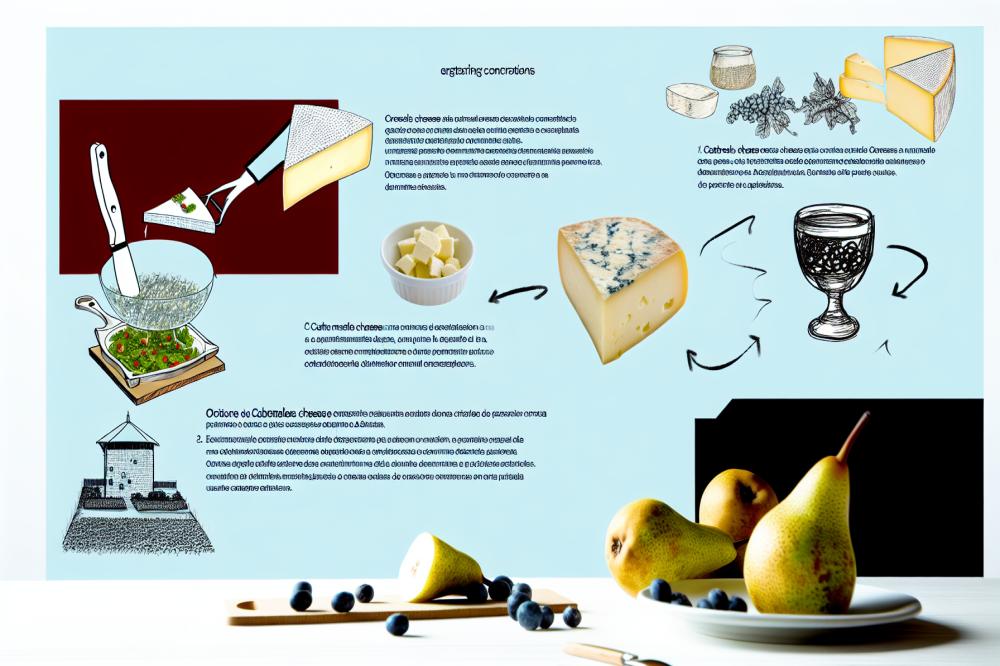Introduction
Cabrales cheese stands out among the rich variety of Spanish cheeses. This famed blue cheese originates from the rugged landscapes of Asturias, a region in northern Spain known for its breathtaking mountains and lush pastures. Historical accounts reveal that local shepherds have crafted Cabrales for centuries, making it a cherished part of the cultural heritage in the area.
The unique qualities of this cheese stem from its environment. The rolling hills and abundant rainfall create ideal conditions for the grazing of cows, sheep, and goats. These animals feed on the diverse flora, which contributes to the cheese’s distinctive flavor profile. The result is a product that embodies the essence of its surroundings.
Culinary applications of Cabrales cheese have gained considerable popularity, both in Spanish cuisine and around the world. Chefs use it to enhance a variety of dishes, from traditional tapas to sophisticated entrées. Its creamy texture and bold taste make it a favorite among gastronomes and casual diners alike. The charm of Asturias blue cheese lies not just in its flavor, but in the story it tells—one of tradition, natural beauty, and culinary innovation.
Cabrales Cheese
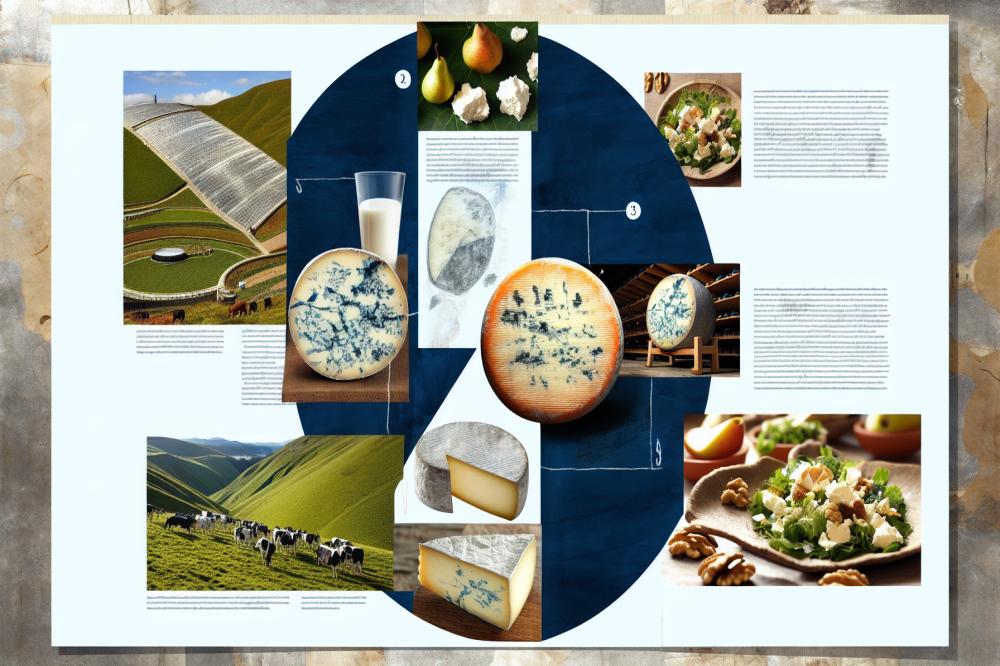
Cabrales cheese is a traditional blue cheese hailing from the rugged region of Asturias in northern Spain. This cheese stands out due to its rich flavor and complex aroma. Its appearance is striking, showcasing a mottled rind that varies from beige to gray, often with blue-green veins running through it. These veins are a signature characteristic, indicating mold development during fermentation.
Texture plays a significant role in the experience of eating this cheese. Cabrales tends to be semi-soft and crumbly, making it easy to spread on bread or crackers. A delicate balance exists; it is creamy but also offers a slight firmness. When tasting Cabrales, expect a bold flavor profile. It combines sharpness with earthy notes, creating a robust and savory experience on the palate.
The manufacturing process reveals what makes Cabrales different from other blue cheeses. It is made from a mixture of cow’s, goat’s, and sheep’s milk, which contributes to its distinctive taste. After curdling, the cheese is hand-molded and salted. Then, it is pierced with needles, allowing oxygen to enter and promoting the growth of mold. This method is crucial for developing that iconic blue color and taste.
Aging plays a vital role in flavor development. Cabrales matures in natural caves, where the temperature and humidity create an ideal environment. Typically, the aging period lasts between two and four months. Each week, the cheese continues to evolve, gaining deeper flavors. As it ages, the sharpness intensifies while the creaminess remains, making it truly memorable.
While many blue cheeses follow similar production techniques, Cabrales’ unique environment sets it apart. The caves in Asturias provide specific microclimates that enhance its characteristics. This cheese reflects the traditional methods passed down through generations. The craftsmanship involved in its creation highlights the dedication to quality in Spanish cheese-making. Taste and texture combined create an unforgettable culinary experience.
Asturias blue cheese
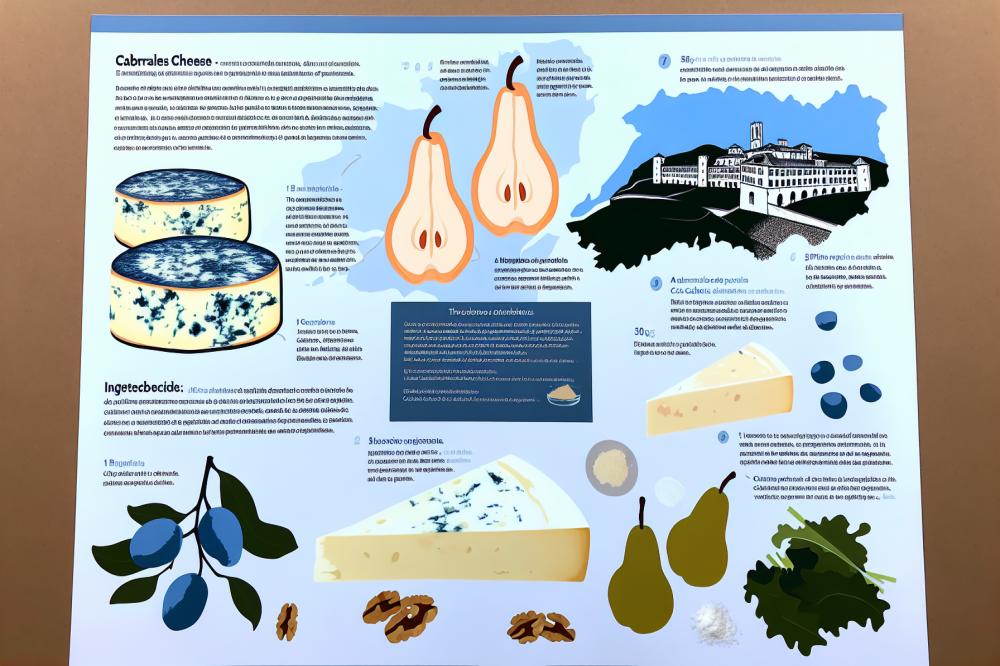
Asturias is a region located in northern Spain, well-known for its lush landscapes and rugged terrain. The climate here plays a significant role in the production of cheese. Cool, moist air sweeps in from the Cantabrian Sea, which is ideal for grazing livestock. This environment allows cows, sheep, and goats to thrive, leading to high-quality milk. Traditional farming practices have been passed down through generations.
The people of Asturias have a deep connection to their land. Many farmers still practice artisanal methods, reflecting a profound respect for their heritage. Livestock often feed on rich pastures filled with diverse flora. Such practices contribute to the distinct flavors found in local cheeses.
Besides Cabrales, several other cheeses deserve mention. Gamonéu cheese comes from the mountains and has a distinct aroma. It features both cow’s and goat’s milk, giving it a rich taste. Another notable variant is Afuega’l Pitu, famous for its spicy flavor and characteristic red color. Each cheese showcases the diverse milk sources and techniques unique to Asturias.
The region’s cheese culture is vibrantly alive. Cheeses are often enjoyed with local bread, cider, or even on their own. Festivals celebrating these dairy products occur throughout the year, bringing together communities. Both locals and visitors savor the opportunity to taste a variety of flavors, textures, and aromas. Such events highlight the importance of cheese to Asturias’s identity.
For many, these cheeses symbolize not just food, but also heritage. Each bite tells a story of the land and its people. The relationship among the various types of cheese in Asturias only enriches the experience of enjoying Cabrales. A visit to this region offers more than just a taste; it offers a glimpse into the heart of Spanish culture.
Cabrales Cheese Recipe: Cabrales and Pear Salad
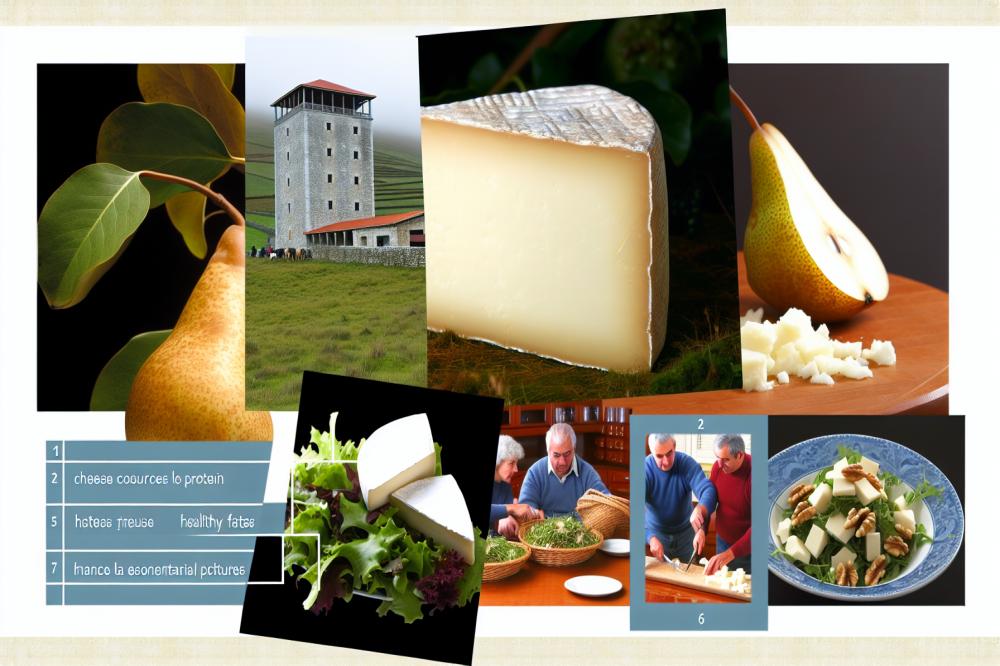
This delightful salad combines the bold flavors of Cabrales cheese with the sweetness of ripe pears. It’s a simple yet elegant dish that can serve as an appetizer or a nourishing side. Gathering the fresh ingredients will set you up for creating a vibrant plate.
Ingredients
- 150g Cabrales cheese
- 2 ripe pears, sliced
- 100g mixed salad greens
- 50g walnuts, chopped
- 2 tbsp olive oil
- 1 tbsp balsamic vinegar
- Salt and pepper to taste
Recipe Instructions
Begin by placing the mixed greens into a large bowl. Next, add the sliced pears and chopped walnuts. These ingredients will provide a base of texture and taste. Crumble your cheese on top. Its creamy richness brings a luxurious element to the dish.
To make a simple dressing, pour the olive oil and balsamic vinegar into a small bowl. Add a pinch of salt and a dash of pepper. Whisk these together until fully blended. This dressing will enhance the flavors of the salad.
Once the dressing is ready, drizzle it over the salad. Toss everything together gently to ensure an even distribution of the dressing. Be careful not to break apart the cheese too much. Serve the salad immediately for the freshest taste.
Nutritional Information
This salad boasts several essential nutrients. The cheese provides protein that helps build and repair tissues. Ripe pears, full of fiber, support healthy digestion. Walnuts contribute healthy fats that are beneficial for heart health. Salad greens add vitamins and minerals, enhancing the meal’s nutritional profile.
Eating a variety of ingredients means you’re also getting a range of benefits. Each component plays its part in promoting overall health. Enjoying this salad will not only please your taste buds but also support your wellness goals.
Final Thoughts on Cabrales
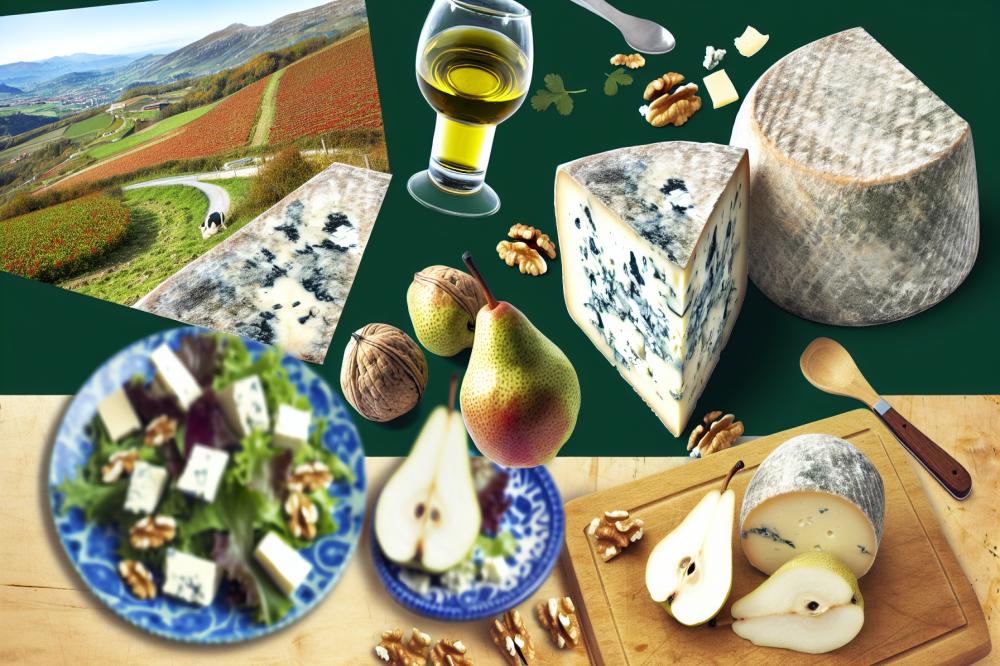
Cabrales cheese holds a special place in the tapestry of Spanish culinary traditions. This astonishing blue cheese is not just a food item; it embodies the rich culture and history of Asturias. Its creation involves a time-honored process that reflects the craftsmanship of local artisans, making it a symbol of regional pride.
Exploring the flavors of Cabrales opens up a world of culinary possibilities. Imagine incorporating this bold cheese into various dishes like creamy pasta sauces, flavorful risottos, or even atop a simple salad. It adds depth and character that can elevate everyday meals. For those who have yet to experience it, now is the perfect chance to dive into its eclectic taste.
Understanding the cultural significance of Cabrales can deepen your appreciation for Spanish cheese. It’s not merely about the taste; it’s about the stories, traditions, and people behind each bite. With every morsel, you connect with the lush landscapes of Asturias and the generations of families who have perfected this craft.
In summary, Cabrales offers a delicious taste of Spain’s culinary heritage. Let it inspire your cooking and bring a bit of the Asturian spirit to your dining table. Embrace the adventure of tasting and cooking with Cabrales. It’s a journey worth taking.

